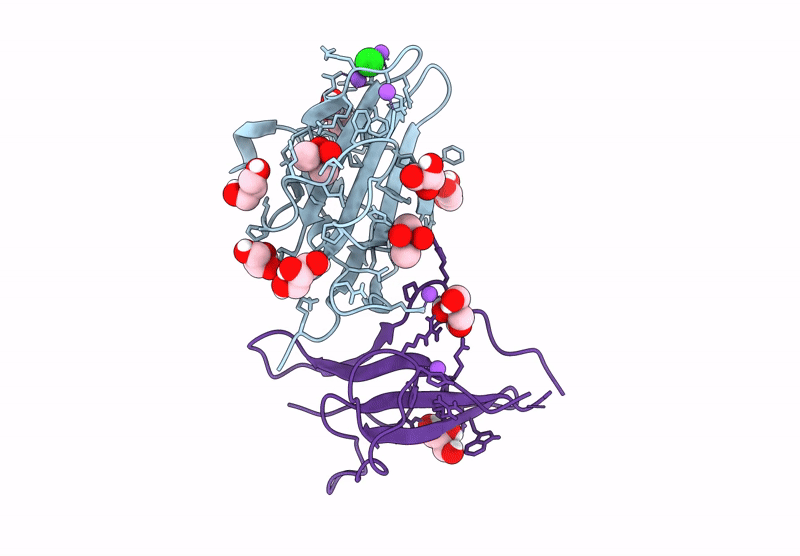
Deposition Date
2024-11-08
Release Date
2025-01-22
Last Version Date
2025-08-06
Entry Detail
PDB ID:
9E9G
Keywords:
Title:
Heligmosomoides polygyrus TGF-beta Mimic 6 Domain 3 (TGM6-D3) Bound to Human TGF-beta Type II Receptor Extracellular Domain
Biological Source:
Source Organism:
Homo sapiens (Taxon ID: 9606)
Heligmosomoides polygyrus (Taxon ID: 6339)
Heligmosomoides polygyrus (Taxon ID: 6339)
Host Organism:
Method Details:
Experimental Method:
Resolution:
1.40 Å
R-Value Free:
0.18
R-Value Work:
0.15
R-Value Observed:
0.16
Space Group:
P 21 21 2


